In the district of Charlottenburg stands one of the most beautiful palaces in Berlin. We took a little walk around the palace and enjoyed the beautiful weather in the palace park.
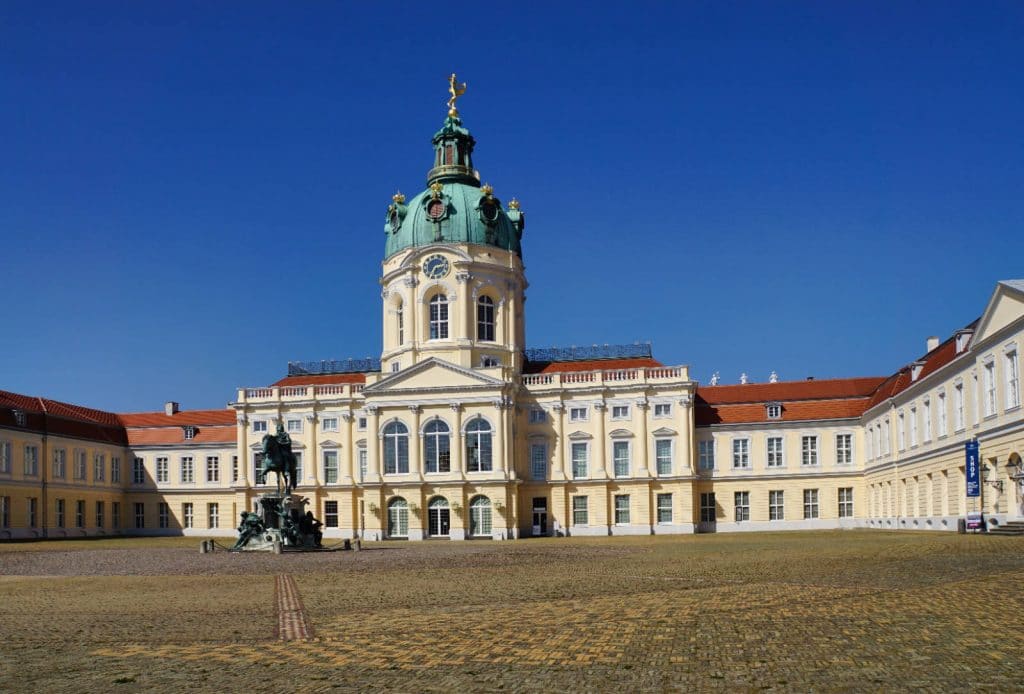
Where did the Charlottenburg Palace get its name?
In 1695, Elector Friedrich iII (later King Friedrich I) gave his wife Sophie Charlotte of Hannover the village of Lietze/Lützow just outside Berlin. The summer residence for the queen was to be built here. A small core building was erected and, in order to satisfy her fondness for music and opera, an opera house was built. In 1699, the Lietzenburg Palace, then called “Sophie Charlotte’s Court of the Muses,” was inaugurated.
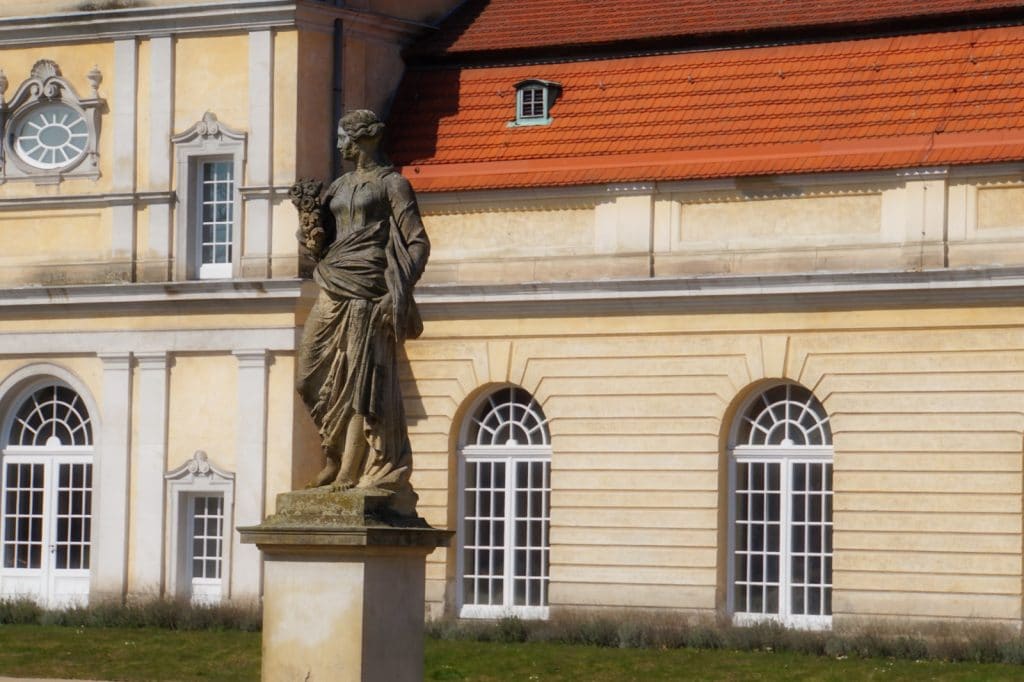
Until the death of Sophie Charlotte (1705), construction work took place on the palace and it became more and more imposing and larger. After her death, the king renamed the palace Charlottenburg in honor of his wife. He had the Charlottenburg Palace further expanded and, for example, the palace dome and the Orangery were built.
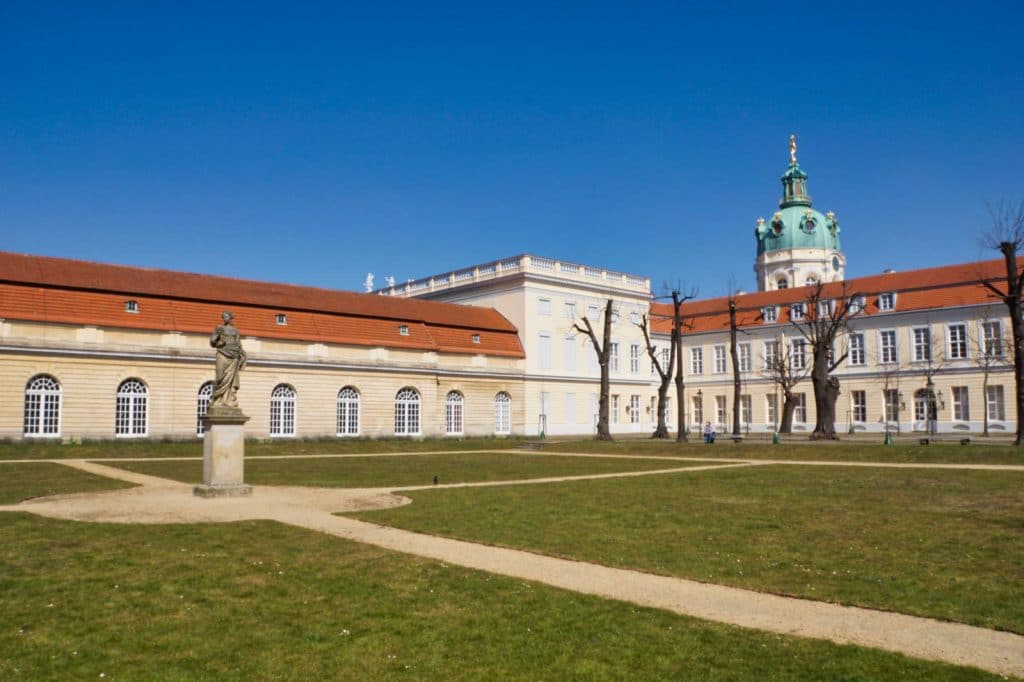
Who else resided in Charlottenburg Palace?
After the king’s death in 1713, his successor Friedrich Wilhelm I maintained the building to protect it from decay, but used it only for representative purposes.
It was not until 1740 that Friedrich the Great (Old Fritz) again appointed Charlottenburg Palace as his residence. He established his own guard force, the Charlottenburg Palace Grenadiers, and restored part of the palace. He commissioned Knobelsdorff to expand the building in the Rococo style and build the New Wing.
It is believed that the Old Fritz did not find the peace he had wished for in Charlottenburg Palace. Only a few years later he moved to Potsdam and used the Charlottenburg Palace only for family celebrations.
He was followed by Friedrich Wilhelm II, who had the Palace Theater at the end of the western wing and the Small Orangery built by Carl Gotthard Langhans, and Friedrich Wilhelm III with his wife Luise, who commissioned Karl Friedrich Schinkel with further building work, including the New Pavilion.
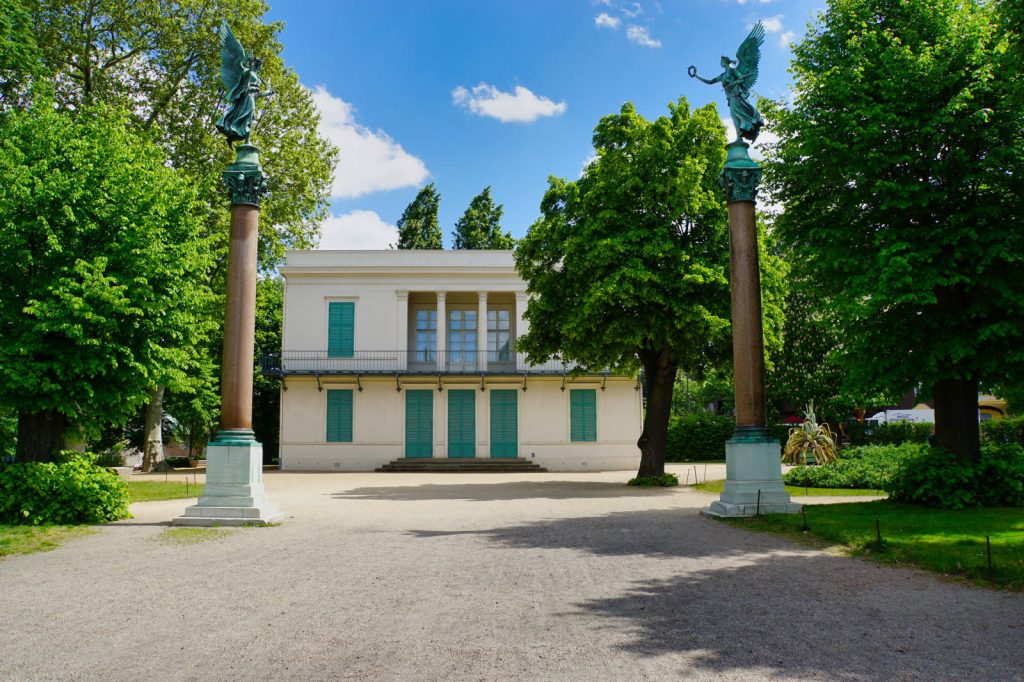
The wife of Friedrich Wilhelm IV, Queen Elizabeth, used the palace as a widow’s residence and Emperor Friedrich III also lived in the residence until shortly before his death (1888).
After that, the castle no longer served as a residence and could be visited by the population.
The use of the Charlottenburg Palace since the 20th century
During the First World War and for some time after, some rooms in the castle were used as military hospitals.
In 1926, the Free State of Prussia arranged for the transfer of the complex to the Administration of State Palaces and Gardens.
During World War II, in November 1943, an air raid destroyed large parts of the castle. The dome collapsed and some areas of the castle burned down. Fortunately, a large part of the inventory was saved.
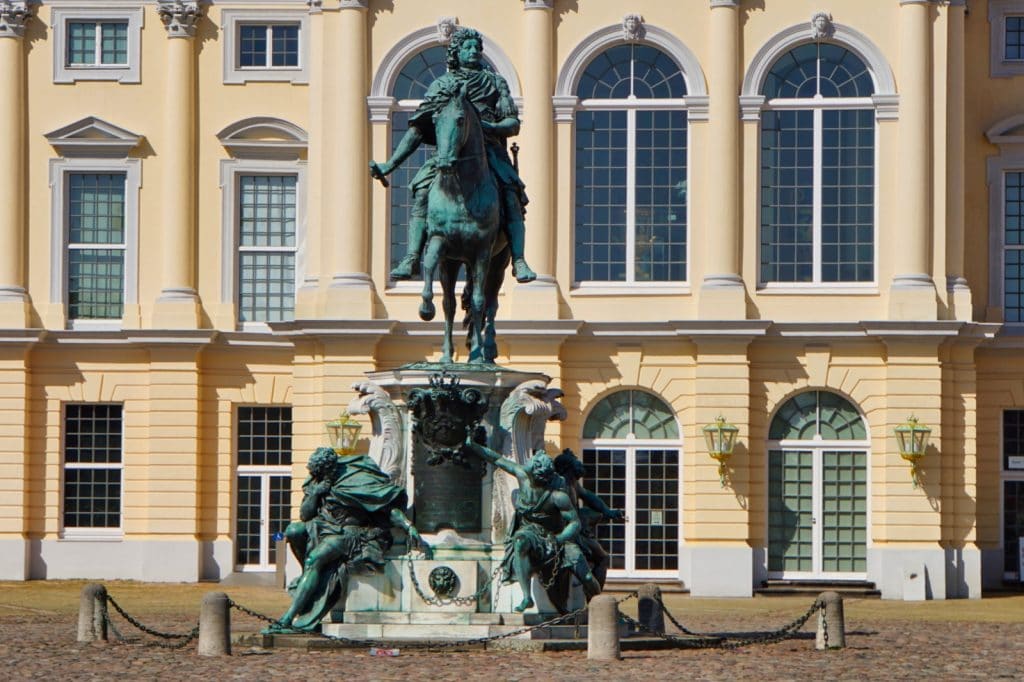
After the war, the reconstruction of the palace was achieved. In 1957, with the completion of the dome, the beautiful Charlottenburg Palace was once again open to the public.
Over the years, it has housed a number of museums and collections. In the Small Orangery there is a restaurant where I have already had an excellent meal and then enjoyed a concert in the neighboring Glass House.
2004 – 2006 the Federal President used Charlottenburg Palace temporarily as his official residence, as Bellevue Palace was being renovated.
Today you can walk through the castle and see rooms and halls furnished true to the original.
At Christmas time, the Schlossvorplatz attracts with one of the, in my opinion, most beautiful Christmas markets in Berlin. When the Charlottenburg Palace is illuminated, a wonderful atmosphere arises here.
The Charlottenburg Palace Garden
The approximately 55-hectare palace garden is worth seeing. This was originally laid out as a French baroque garden. The water access to the Spree was used for a small harbor, from which it was possible to sail to Berlin twice a day. There was a play garden with water basins, boules facilities and a pheasant garden.
When Friedrich Wilhelm II reigned, he had the park redesigned. He preferred the style of English landscape gardens. From about 1819, the famous garden artist Lenné took care of the design and left a lasting mark on it.
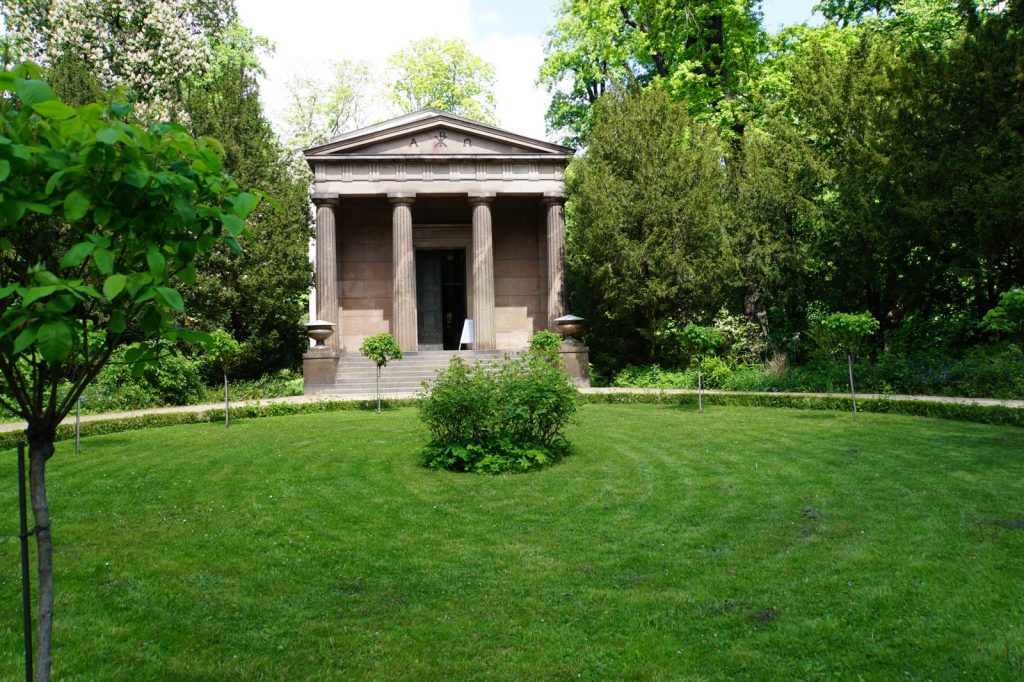
In the palace garden there are two buildings built by Langhans, the Belvedere Tea House and the Mausoleum of Queen Luise. The New Pavilion was built by Schinkel in 1824/25.
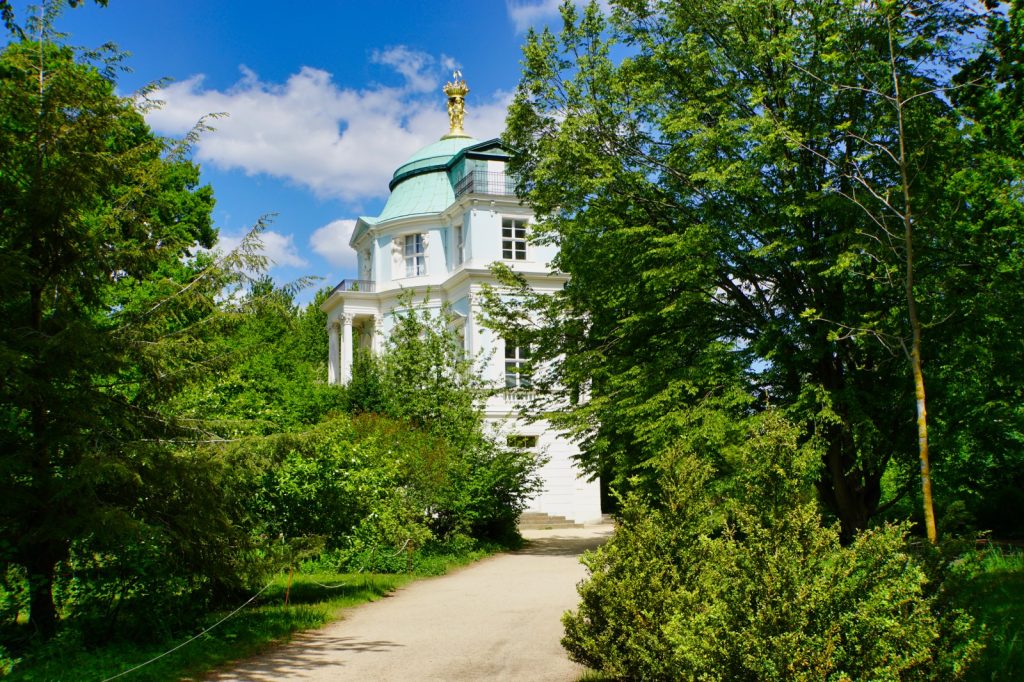
After the devastation of the Second World War, the garden was rebuilt in the Baroque style. It does not fully correspond to the original design, but it is beautiful.
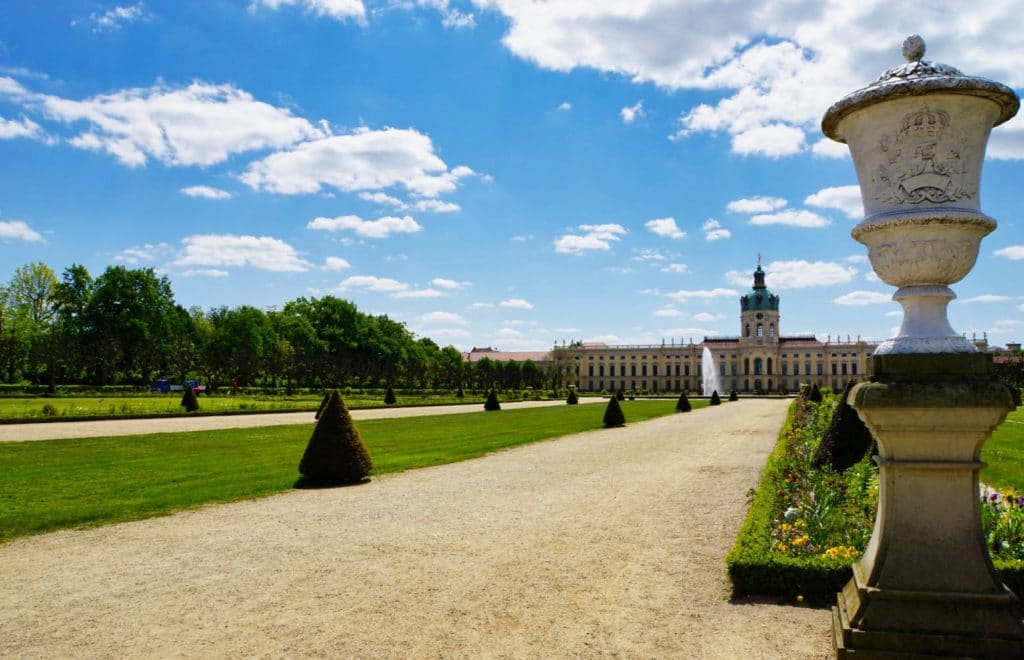
For us Berliners, the Charlottenburg Palace Garden has always been just the palace park. Here we can go for a walk without having to pay an entrance fee and breathe a little “royal air”.
We love to walk directly along the shore of the lake and enjoy the coolness there, especially in summer. Some of the paths in the park can be used by bicycle. Here you can see many families with children, who can practice their riding skills undisturbed by traffic.
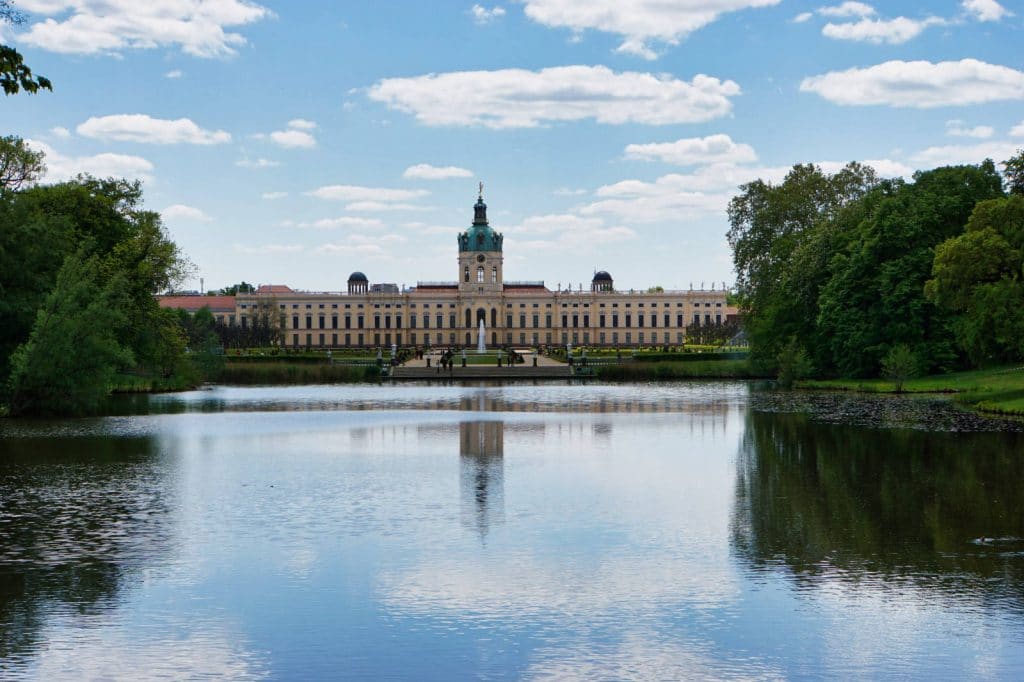
In general, the garden is the local recreation area for many Berliners. We also like to use the area and go for walks here.
Really impressive for me is always the view to the castle, which seems to me with appropriate light almost like in a fairy tale. Actually, the only thing missing is the king and queen strolling along the paths here.
Address:
Schloss Charlottenburg
Spandauer Damm 10-22
14059 Berlin
Opening hours:
April till October
Monday: closed
Tuesday – Sunday: 10:00 – 17:30h
Winter season
Palace (Old + New Wing) Tuesday – Sunday 10-16:30h
Belvedere + Mausoleum closed
Attention. Opening hours may vary on public holidays.
The exact opening hours can be found on the website of the Preussischen Schlösser und Gärten.
Admission fees:
Ticket Old Castle
Guided tour or audio guide
Price : 12 €
Ticket New Wing
Visit with audio guide
Price : 12 €
Ticket Charlottenburg+
Valid for one visit to all palaces in the Charlottenburg Palace Garden on one day (excluding special exhibitions).
Sold at participating palace ticket offices, visitor centers and online. When purchasing the online ticket, a fixed admission time at Charlottenburg Palace is included.
Price : 17 €
Discounts are offered.
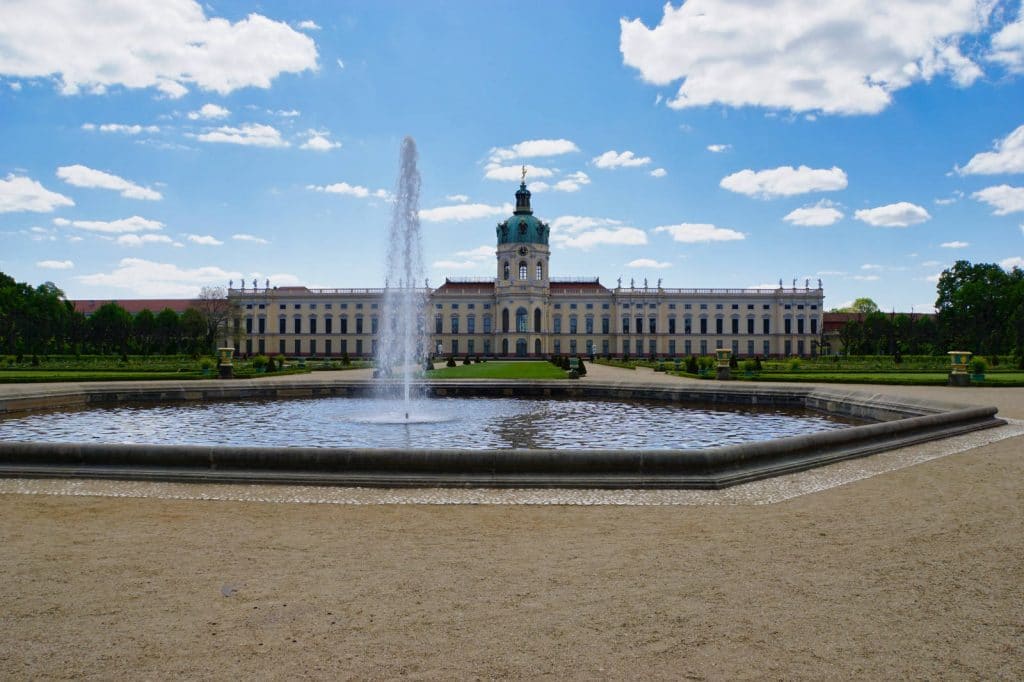
My photos are used with the kind permission of the Marketing Department / Department of Offer Development and Tourism of the Prussian Palaces and Gardens Foundation Berlin-Brandenburg
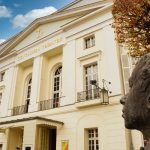
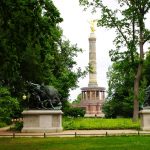
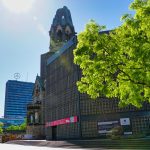
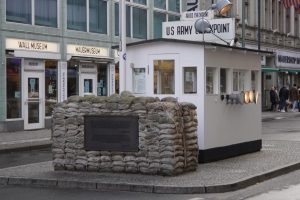
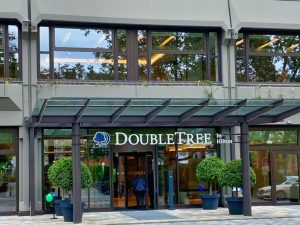
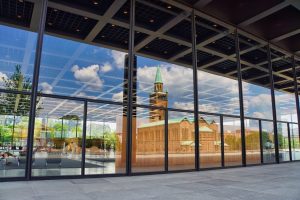
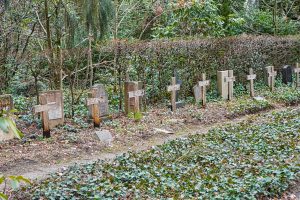
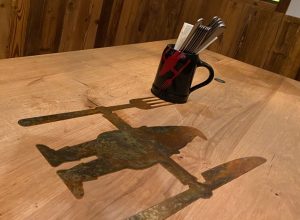
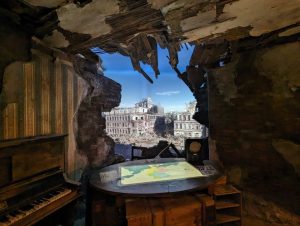


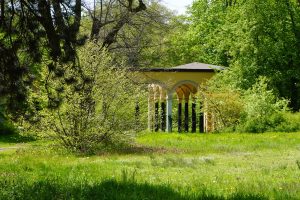
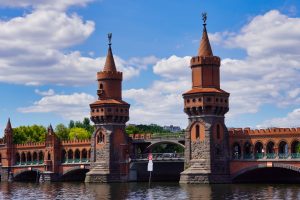
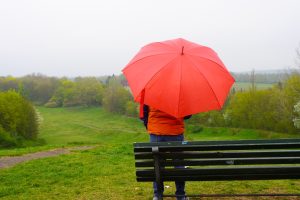
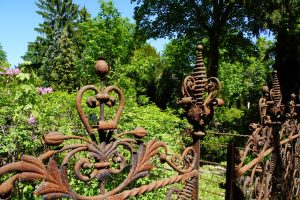
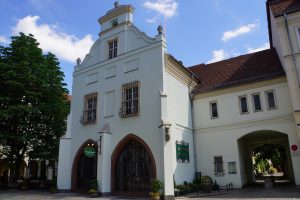
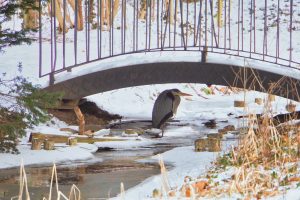
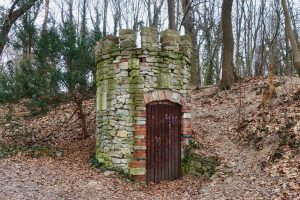
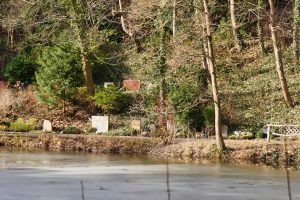

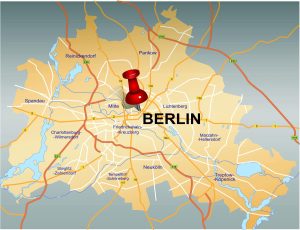
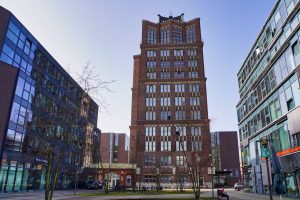
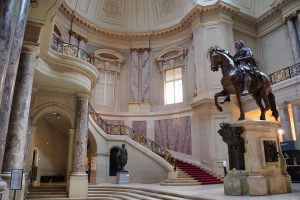


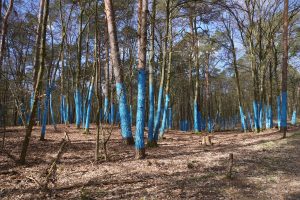
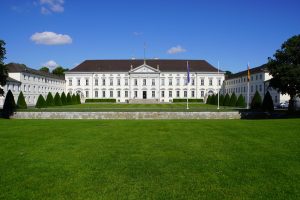
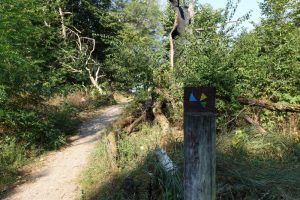
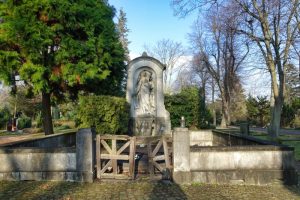

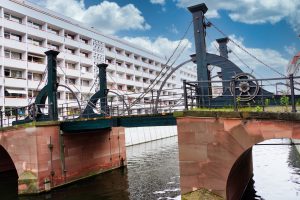
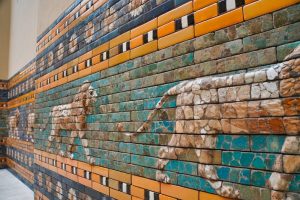

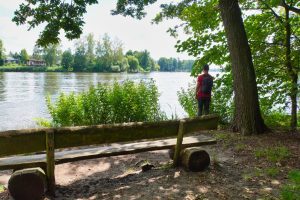
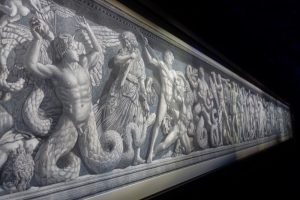

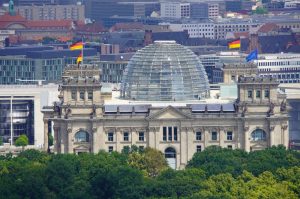
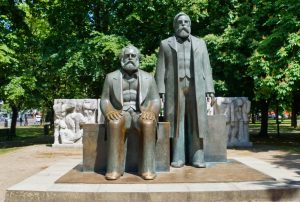
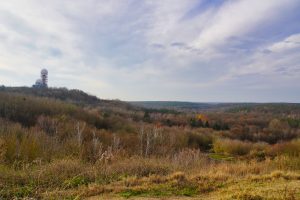

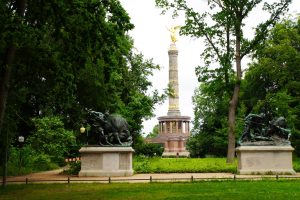
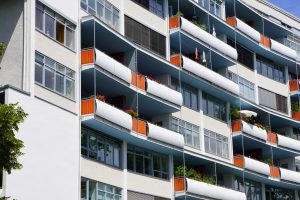
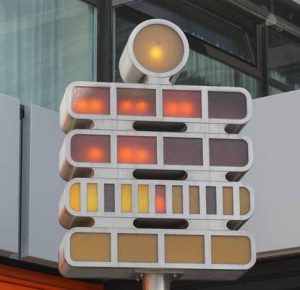
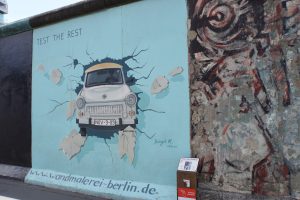
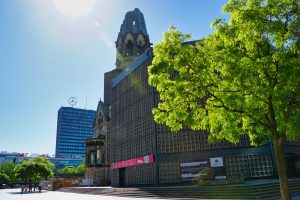
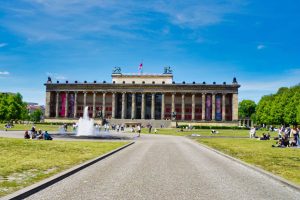
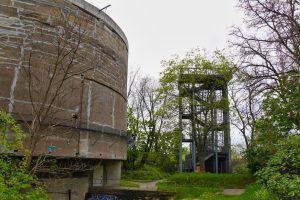
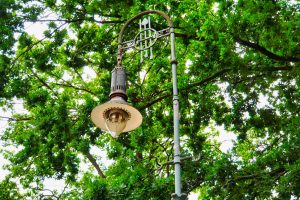
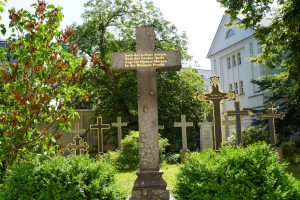
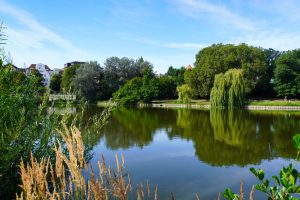
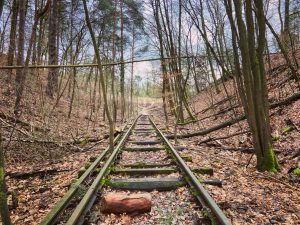
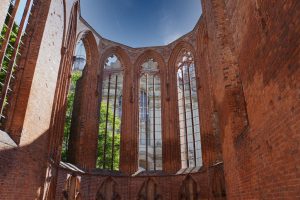
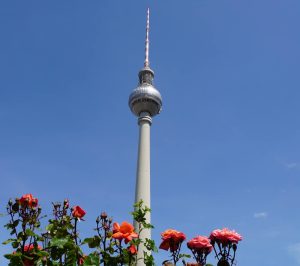
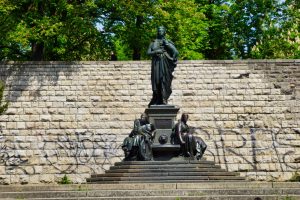
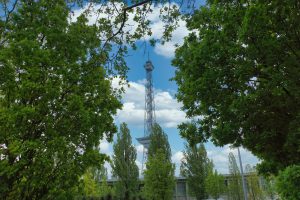
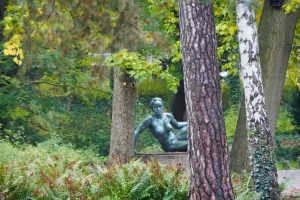
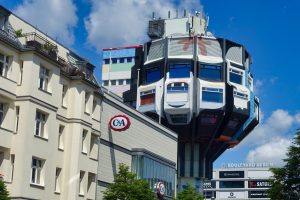
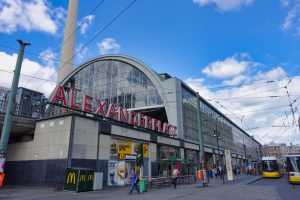
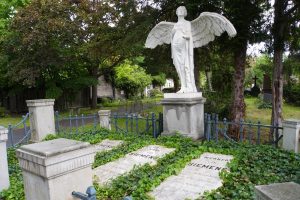
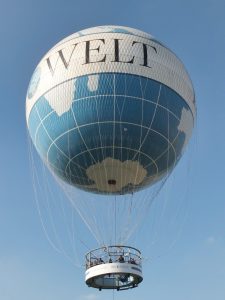
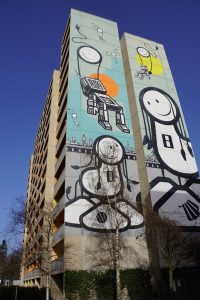

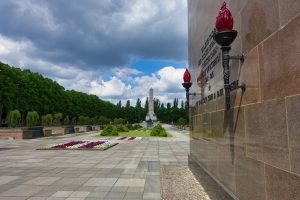
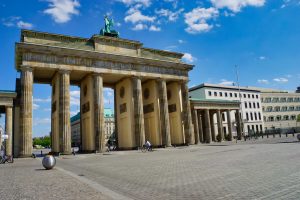
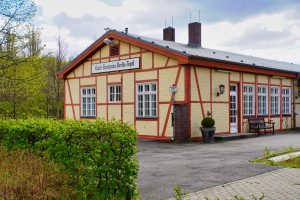
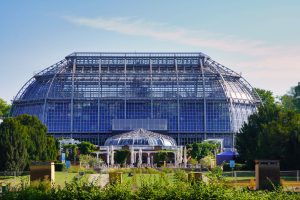
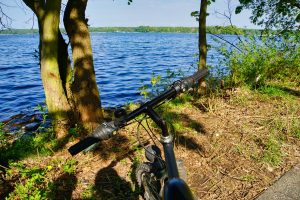
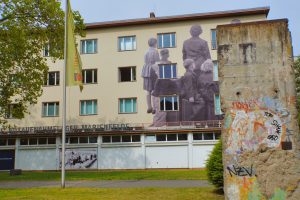
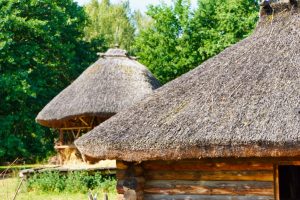
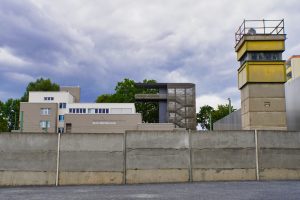
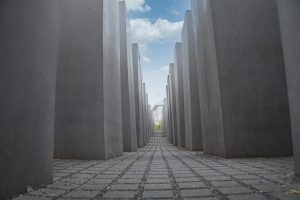

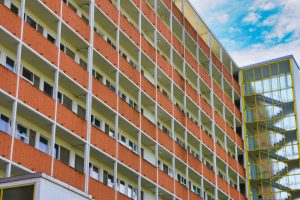
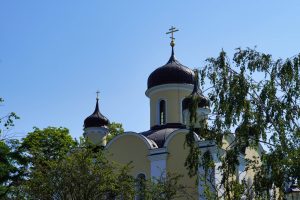

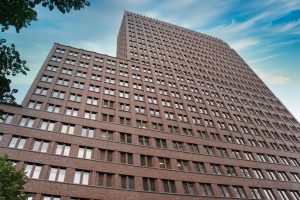
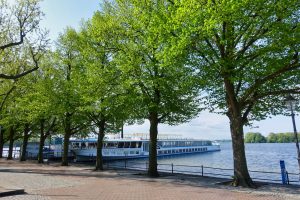
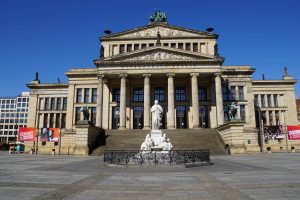


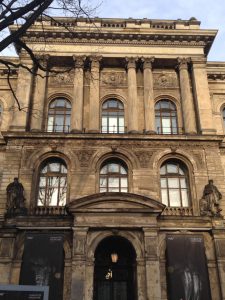
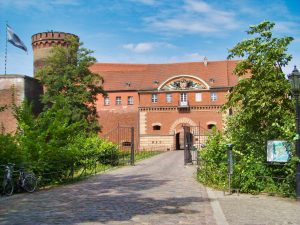
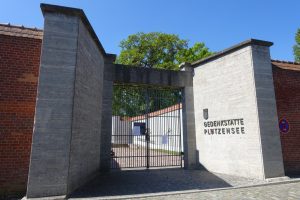

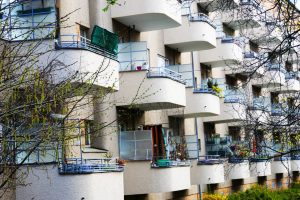

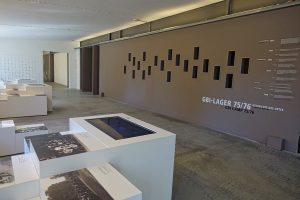
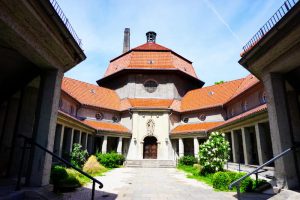
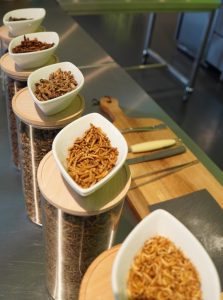


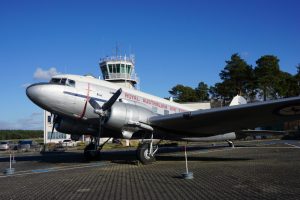
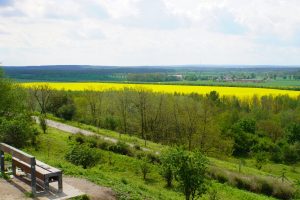
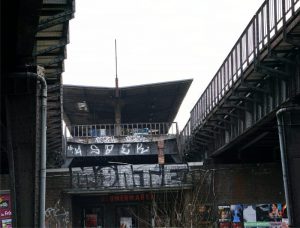
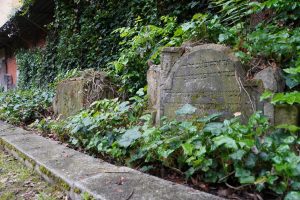
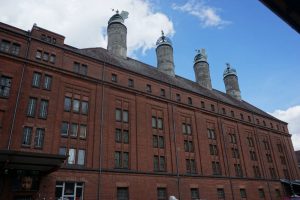

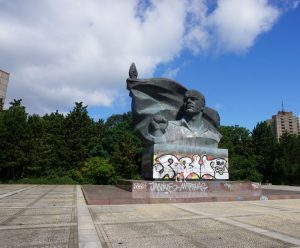

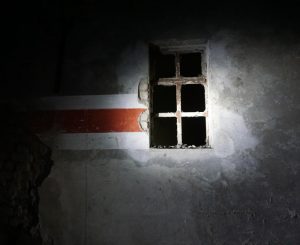
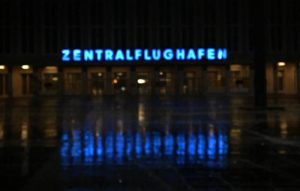
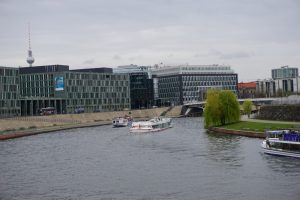
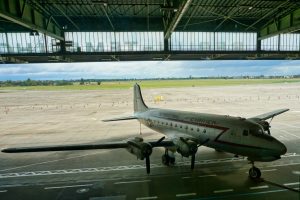

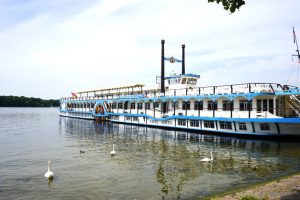
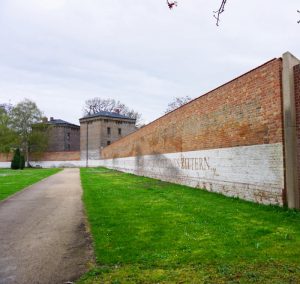
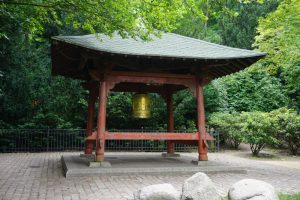
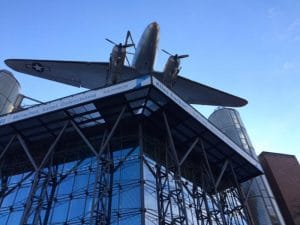
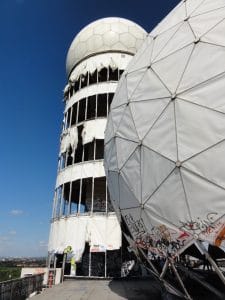


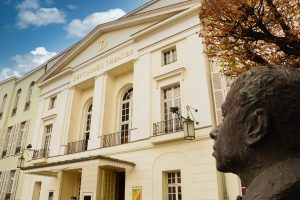
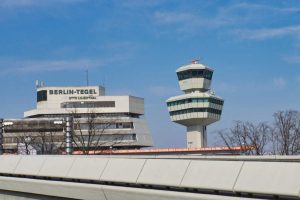
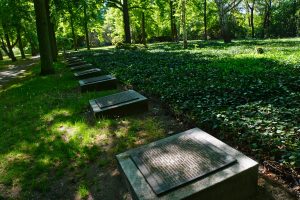
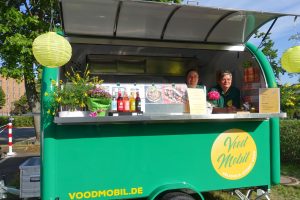
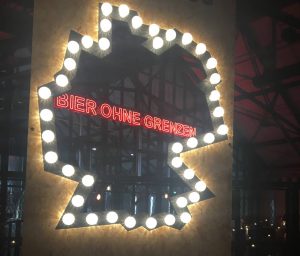
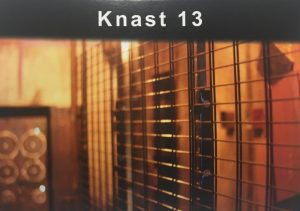
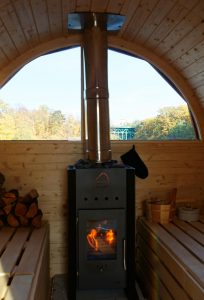
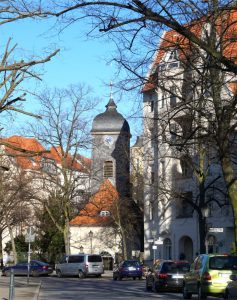
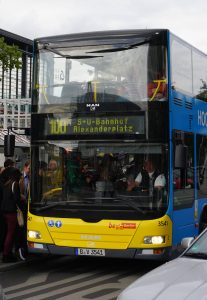
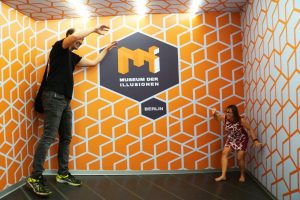
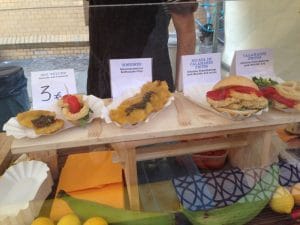
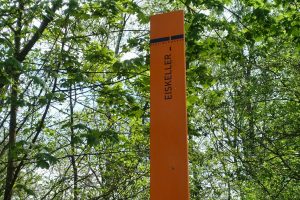
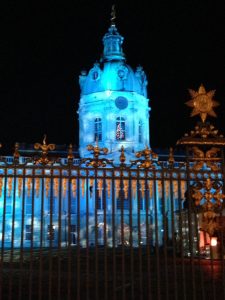


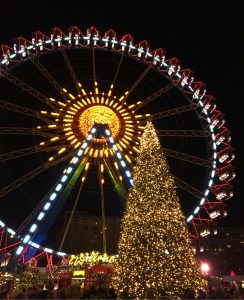
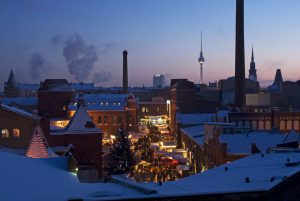

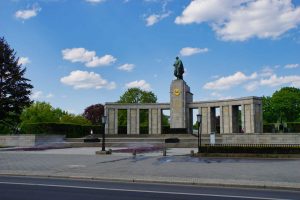
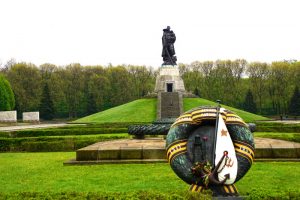
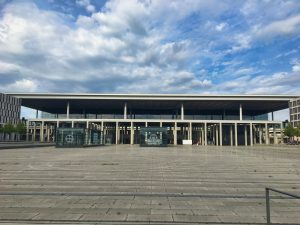
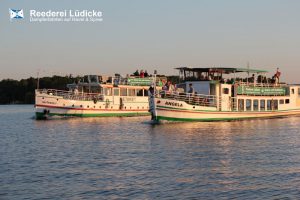
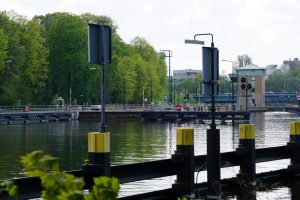
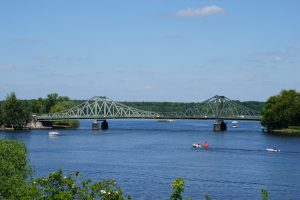


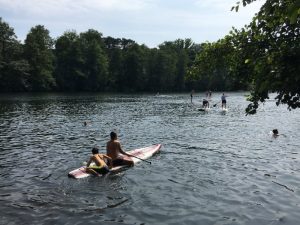


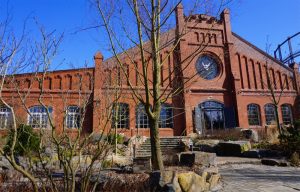
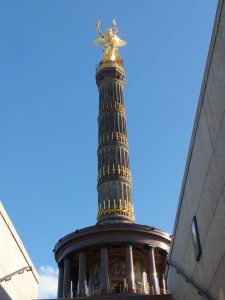
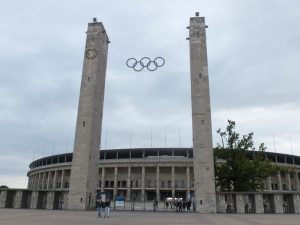
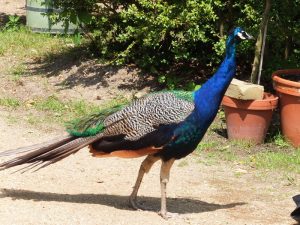
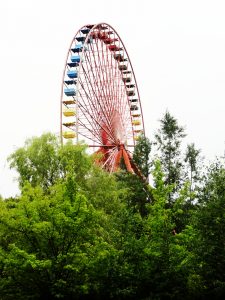
Leave a Reply